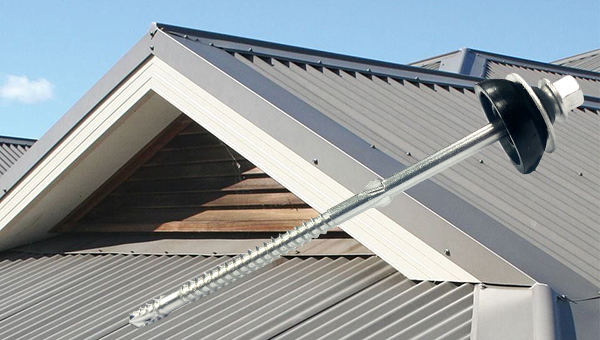
Fundamental Design and Geometry
The performance of a self-drilling screw begins with its geometry. The point style is engineered for specific behaviors upon initial contact with the substrate.
Pointed Cut Tail (PCT): This design features a sharp, self-starting tip with a pronounced, fluted "cut tail" that acts as a preliminary drill bit. Its geometry is optimized for rapid penetration and aggressive chip removal in the initial drilling phase. The sharp angle minimizes "walking," or skidding, on curved or hard surfaces.
Drilling Tail (BT): Characterized by a flatter, more robust tip, the Drilling tail sacrifices a self-starting capability for superior alignment and guidance. It often requires a more defined pilot impression or a pre-punched hole to seat correctly. Its design provides a larger surface area at the tip, distributing force differently during the drilling process.
Performance in Drilling and Penetration
The primary function of the drill point is to create a clean, precise pilot hole. The two styles exhibit markedly different performance profiles.
Speed and Aggressiveness: The Pointed Cut Tail is the unequivocal leader in drilling speed. Its sharp tip and cutting flutes allow it to engage material almost instantly, reducing the operator's effort and total drive time. This makes it ideal for high-volume applications.
Control and Precision: The Drilling Tail excels in control. Its design prevents the screw from unstable, make it fixing precisely on its axis. It's crucial when drilling near edges or into pre-formed channels where misalignment could cause material failure.
Application-Specific Recommendations
Selecting the correct point is important for various material, thickness, and project using demand.
Using suggestion for Pointed elect:
Thinner-Gauge Metals: (e.g., ≤ 14-gauge steel, roofing and cladding panels).
High-Volume Production: Where speed is a critical factor for project timelines and labor costs.
Challenging Surfaces: Curved or uneven surfaces where preventing walk-off is paramount.
Election for Drilling Tail:
Thicker or High-Strength Materials: (> 12-gauge steel) where a more controlled, powerful drilling action is needed to prevent work hardening and point breakage.
Pre-Punched or Pre-Drilled Holes: Applications where the screw is designed to align with an existing hole. The Drilling tail centers itself more effectively.
Critical Seal Integrity: Situations where absolute perpendicular alignment is non-negotiable to ensure the bowl washer compresses evenly for a perfect weatherproof seal.
Impact on Seal Integrity and Fastener Life
The point style indirectly influences the final performance of the assembled joint.
Seal Integrity: An off-angle screw creates an uneven compression profile on the bowl washer. The Drilling Tail's superior alignment directly contributes to a more consistent and reliable seal, which is crucial for roofing screw applications in preventing water ingress.
Fastener and Tool Life: The aggressive engagement of a Pointed Cut Tail can transmit higher instantaneous torque loads to both the screw's drive system and the tool. The more controlled engagement of a Drilling Tail can reduce cam-out on the hex flange head and lessen wear on driving tools over thousands of cycles.
Comparative Summary Table
| Feature | Pointed Cut Tail | Drilling Tail |
|---|---|---|
| Primary Advantage | High-Speed Penetration | Superior Alignment & Control |
| Ideal Material Thickness | Thin to Medium Gauge | Medium to Heavy Gauge |
| Walking Tendency | Very Low | Moderate (requires pilot) |
| Drive Torque | Lower Initial, Can Peak | Higher, More Consistent |
| Best for Seal Integrity | Good | Excellent |
| Operator Skill Level | All Levels | Requires More Experience |
Conclusion
There is no universal "best" point style; rather, there is an optimal choice for a given set of application parameters. The pointed cut tail offers unparalleled speed and ease for high-volume projects on standard materials, making it a workhorse for general construction. On the other hand, the Drilling tail delivering unmatched control and alignment for critical applications where seal integrity and placement accuracy are paramount.
